As an Amazon Associate I earn from qualifying purchases.
I’m always surprised when I hear someone saying that grilled whole fish to somehow too hard to pull off. It’s really very easy once you know how, and I aim to help you here.
Why grill whole fish? Several reasons. First, they look cool. Second, cooked properly, a grilled whole fish will stay together better than a grilled piece of fish. Third, you get crispy charred bits, which we all know and love.
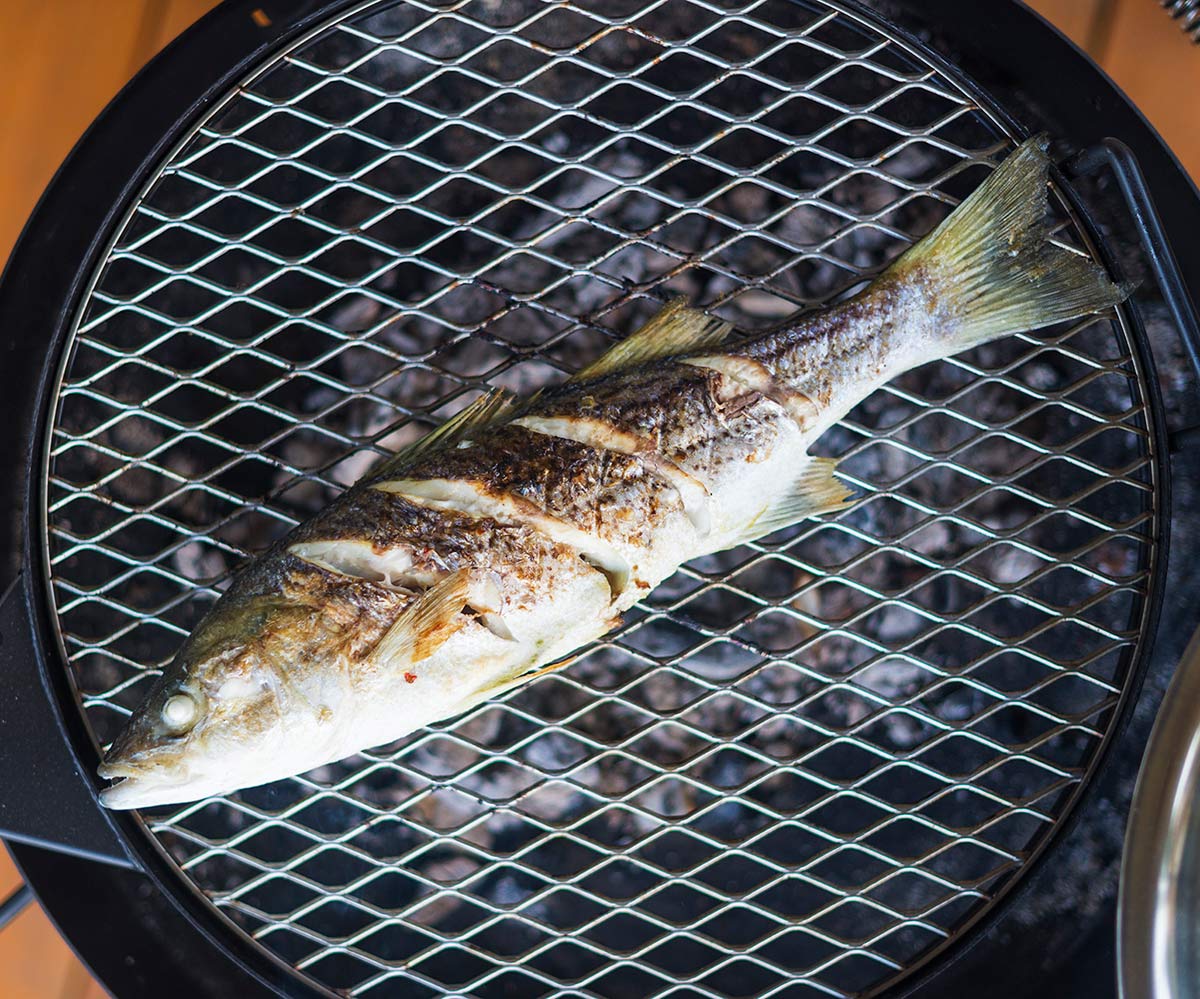
Finally, and probably most importantly, you get to eat more of the fish by wasting less. You get the collar, the cheeks and those amazingly nutty tail fins! (I am serious, try a crispy tail fin and tell me I’m crazy. I dare you.)
What are the best fish to grill whole? Anything that isn’t too soft, such as herrings, or too weird, like, say, monkfish. Primarily, however, I grill bass-like fish that have substantial skeletons and relatively thick skins.
Some options I like: small striped bass (pictured above), Pacific rockfish, Atlantic black seabass, small snapper or freshwater bass, porgies, small carp, small drum, croakers, speckled sea trout, yellow perch, pompano, triggerfish, trout, even pink salmon.
If the fish are small enough to fit into a wok, sometimes, I crispy fry them, Asian style — especially in winter. And even if they are small, I love grilled trout.
Here are some tips on making grilled whole fish.
- Size. You will have to flip the fish on the grill, so I generally won’t grill a whole fish larger than about 20 inches.
- They need to be scaled, gutted and gilled. Gills impart an off taste to the fish and must be removed. Crispy fish skin is amazing.
- Slice the fish several times, more or less perpendicular to the backbone — this opens the fish to heat better, so it cooks evenly. Three to five slashes is good.
- Coat them in olive oil and salt only… for now.
- Get a hot fire and have your grill grates very clean. Dirty grates = sticky fish. No one likes that.
- The smaller the fish, the hotter the fire. Sardines need a raging hot fire, while a large striped bass would want a cooler one. This is so you get crispy skin without over- or undercooking the fish.
- Grill a bit longer than you think. Slightly overcooked grilled fish is better than undercooked; this is opposite of most indoor cooking.
Flipping a whole grilled fish is an art, but not a hard one to master. If your fish was well oiled, your grates are clean and you happen to have one of those long, flat spatulas that short-order cooks use to flip pancakes and eggs and burgers and such, you’re in business. Two regular spatulas work, too.
You flip a grilled fish when it’s ready. And when is that? When it wants to come off the grates easily. You can carefully test this as it cooks by gently trying to lift the fish off the grates. If the fish is still stuck, leave it until it lifts off. Patience, young padawan!
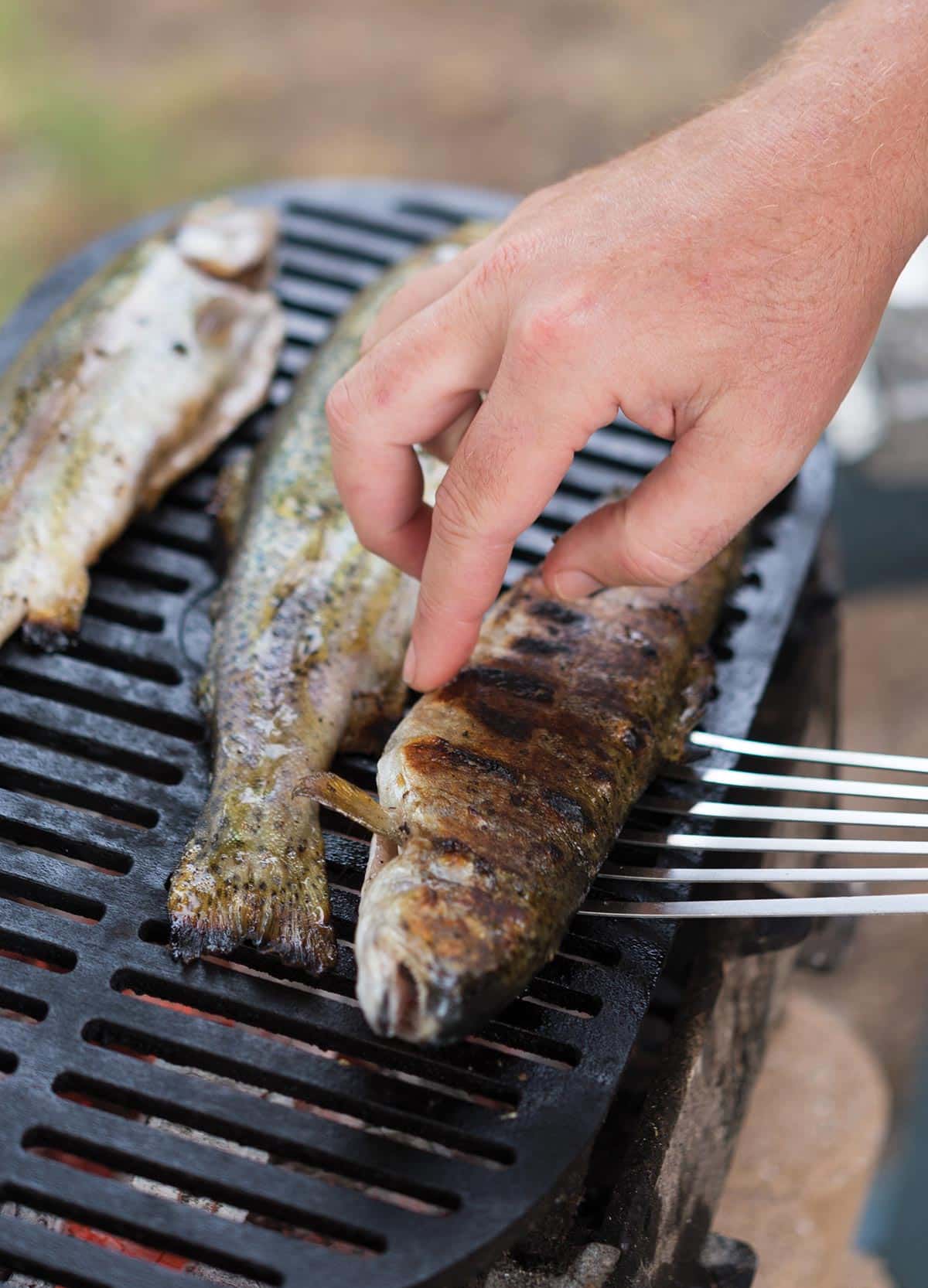
After the fish are grilled, I will often sauce them with an herb vinaigrette. I have a recipe for this method, using porgies and oregano oil, in my first cookbook, Hunt, Gather, Cook: Finding the Forgotten Feast.
Sometimes I stick with just salt, pepper and lemon, sometimes I use that oregano oil or another herb-infused oil. Basil is great in summer, pine or juniper in the winter, but really any herb you love will work.
You make these oils by chopping about 1/2 cup of the herb and pureeing it in a blender with 1 cup of oil, usually a neutral one like safflower or canola. A pinch of salt in the mix works well, too. Once you’ve pureed the mix, pour it into a fine strainer set over a bowl to catch the strained oil, leaving the debris behind.
Or leave the sauce out completely.
OTHER GRILLED FISH IDEAS
If you’re interested in grilling other types of fish, you might like my recipes for grilled pompano, grilled fish on the half shell, grilled trout or grilled tuna steaks.
Grilled Whole Fish
Ingredients
- 1 or 2 whole fish, scaled, gutted and with gills removed
- Olive oil
- Salt
- Freshly ground black pepper
Instructions
- Wash the fish well and make 3 to 5 slashes in the meat perpendicular to the backbone on each side of the fish. You are doing this to open the interior of the fish to the heat, so it will cook evenly. Make more slashes closer to the head, where the fish is thicker, than toward the tail, which cooks first. Snip off any sharp fins with kitchen shears or scissors if you want. Leave the tail, as it will crisp up and taste wonderfully nutty. Seriously. Try it.
- Coat the fish with olive oil and salt it a little more than you think you ought to; salty fish tastes good! Let the fish sit at room temperature for 20 minutes to an hour.
- Get your grill crazy hot, at least 500°F, and scrape the grill grates well to clean them. When you are ready to lay the fish down, dip a paper towel in some oil and grab it with tongs. Wipe down the grill with the oily towel and them immediately lay the fish down on the grill grates. Let them sizzle nicely for a minute or so.
- Turn the heat down to medium and cover the grill if you have a gas grill, or just leave the fish on the open grill if you are using wood or charcoal and the grill is very hot. Let the fish cook for a total of 5 to 10 minutes on this side, depending on how thick it is. A general rule is a fish will need 10 minutes per inch of thickness. Estimate this thickness measuring to the fish's spine - remember you are flipping the fish.
- To turn the fish, have your tongs in your "off" hand and a big spatula in your good hand. Gently turn the fish over. It should come off the grates cleanly. If not, don't force it. Let the fish back down and come back at it with the spatula, using pressure to pry it off the grates. You don't want to pull the fish away from the grates and have half the skin and meat stick to the grill. Once the fish is flipped, let it cook for another 5 to 10 minutes.
- Once the fish is ready -- check by making sure the meat closest to the bone in the slash that is closest to the head of the fish is fully cooked -- put it on a platter and serve, with a sauce or not.
Notes
Nutrition
Nutrition information is automatically calculated, so should only be used as an approximation.

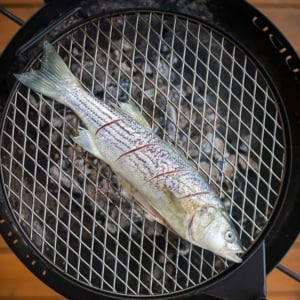
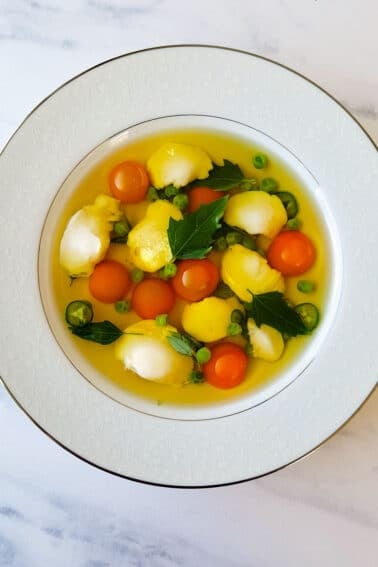
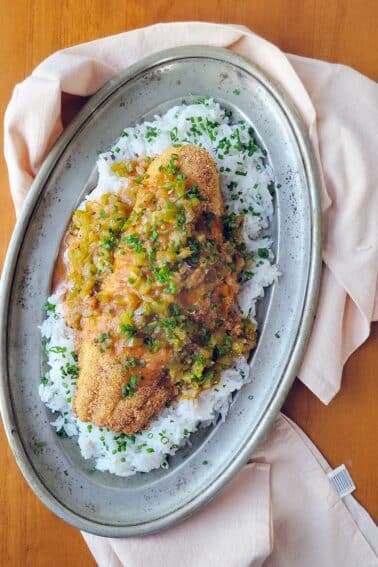
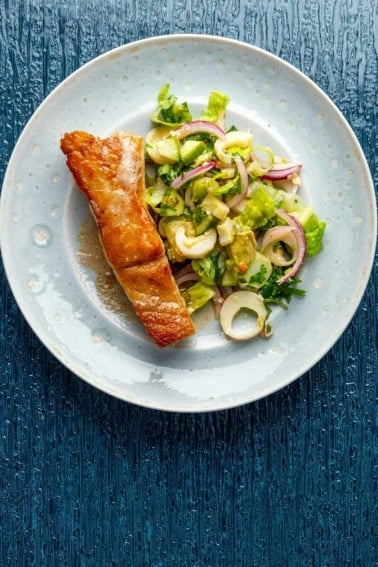
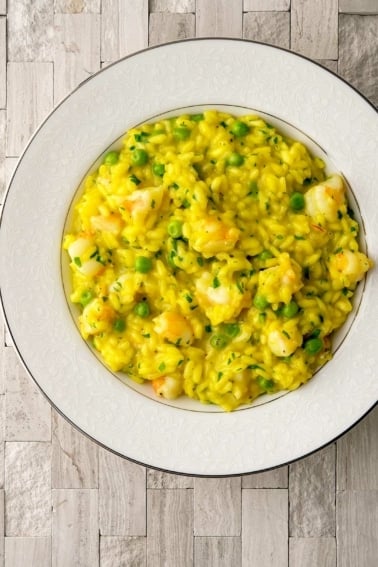
Tried this with a mid-sized white bass tonight. I’ve gotten to the point where fried fish just aren’t doing it for me anymore, and I’d like to explore other (and occasionally healthier) options that also waste less fish. Thanks for inspiring me to continually expand my culinary horizons, and to appreciate wild game and fish as the high quality product that it is, and not some off-tasting second-rate survival food.
What is the weight of each fish?
Thanks.
This is not a recipe where precision is needed. Generally speaking, you grill fish anywhere from less than a pound to 5 pounds.
Made this recipe with 21-inch striped bass I caught earlier that day from the Chesapeake Bay and served it with a lemon vinaigrette made with parsley, basil, and thyme. It was the best fish dish I’ve ever had, and I’m 52!
Wow
Very interesting website Hank! Thanks for the interesting lessons! I’m in Londom, UK
Did this with a few black rockfish and a kelp greenling. I’ve always had a challenge getting them flipped in the past, but the oil, tongs, and spatula tips did the trick. The family gobbled them up and the crispy skin was of course a huge hit! Thanks!
Simplicity has its perks
Hank, are you grilling the whole fish over direct charcoal heat, or indirect? Looks direct in the picture. Thanks for the recipe! Scott
Scott: It is direct heat.
Hi there; Why “scaled” fish ?;
I tend to leave the scales on (Dorade, Salmon) and have no problems. I find they add a little more protection to the fish and make it easier to grill.
Peter: I actually leave the scales on salmon and trout, too, as well as mackerel. But I intend on eating the skin, so that’s why I scale most fish.